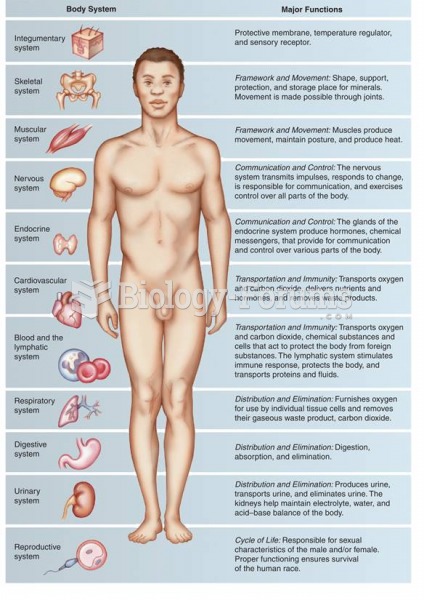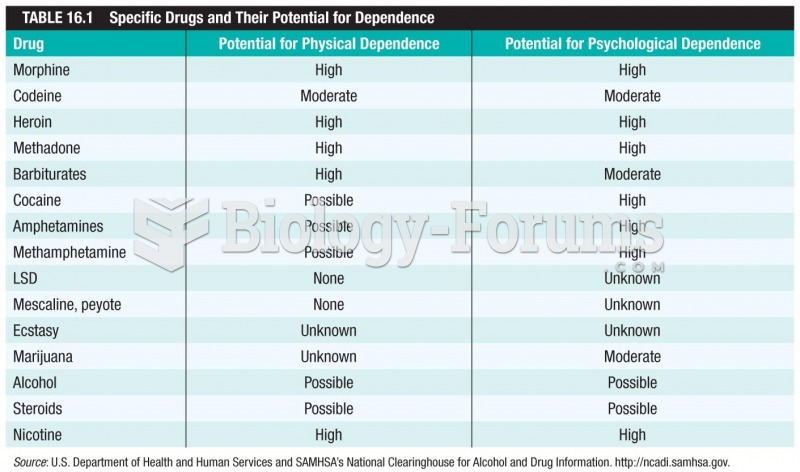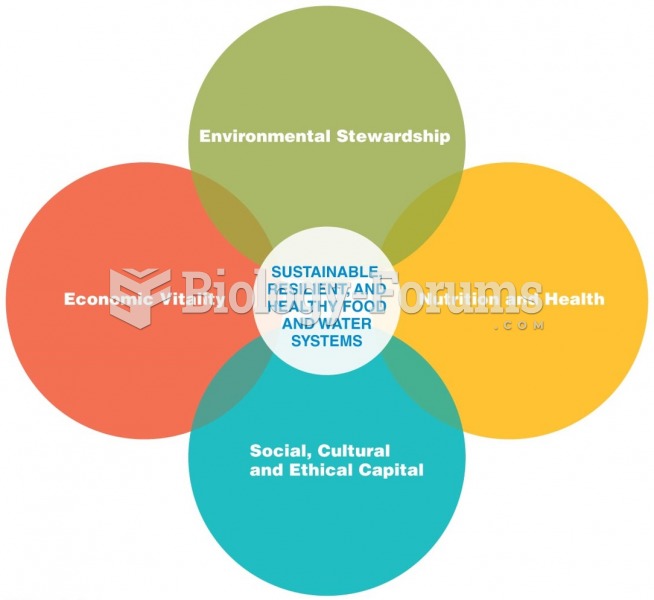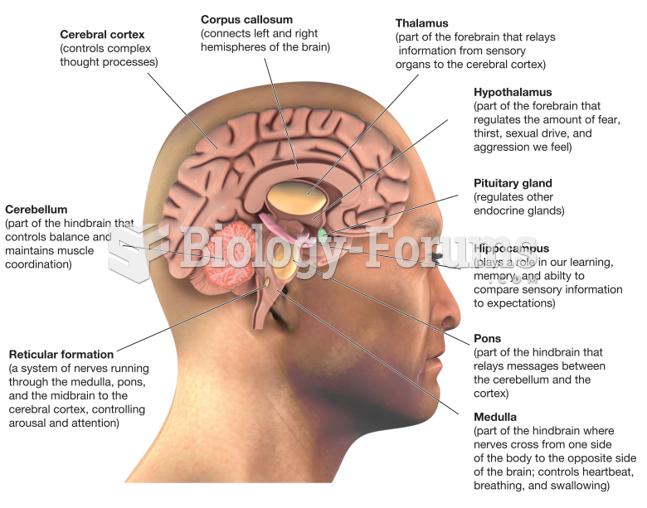Answer to Question 1
In an authoritarian system, power is vested in a single person or small group, holding power because of heredity, force, or terror. The authoritarian systems discussed by the text include monarchy, totalitarianism, and dictatorship. Monarchy is the rule by a single individual, who may claim descent from the gods or power based on God's will. Monarchs ruled by traditional authority. Monarches were found in ancient Egypt, China, Japan, and Peru as well as Medieval Europe. Constitutional monarchies may still have a hereditary ruler, though they tend to functional as goodwill ambassadors while elected officials make political decisions. In totalitarianism, political authority is extended over all aspects of social life; there may be no organized opposition and political information is censored. Examples include Germany under Hitler, Italy under Mussolini, the Soviet system under Stalin, and North Korea. In a dictatorship one person, with no hereditary claim, comes to power by military takeover or appointment. In a democratic system, legislative decision making is in the hands of the people rather than a single individual or noble class. In participatory democracy, every person gets one vote and the majority rules, works best in small homogeneous units such as families, classrooms, communes, or clubs. When there are many people, it is hard to gather for decision making, and if the population is heterogeneous, majority rule obliterates the needs of minorities. In a representative democracy such as the U.S., citizens elect representatives to make decisions for them. Democracies are now the most common worldwide; about 70 of countries are democracies.
Answer to Question 2
cultural domination of one country by another, including media such as music, television, and film. The majority of movies shown in European theaters and television are American, and most music in the global marketplace is sung in English, usually by Americans.







